
July 2018
- FALL PROTECTION: The Importance of Testing and Meeting Fall Protection Standards
- FALL PROTECTION: Falls: The Battle with Gravity Can Be Costly
- SLIP & FALL: Preventative Maintenance Tasks That Help Prevent Slips, Trips, and Falls
- HAZMAT: Hydrogen Fueling Safety
- HAZMAT: Pre-Incident Planning for Hazmat Emergencies
- RESPIRATORY PROTECTION: Respirable Crystalline Silica: Regulations and Considerations
- RESPIRATORY PROTECTION: Seven Respiratory Hazards Every Safety Manager Should Understand
- EMERGENCY SHOWERS & EYEWASH: Prime Drivers for Emergency Showers & Eyewashes
- GHS/SDS: Using Chemical Management Software to Improve Communications and Prevent Incidents
- HEAD PROTECTION: Avoiding Hazards
- DRUG TESTING: The Far-Reaching, Positive Impact of Workplace Drug Testing
- CONSTRUCTION SAFETY: Five Questions Every Safety Manager Should Ask When Choosing High-Vis Apparel
- CONSTRUCTION SAFETY: Facing the Future: How Innovating Software is Changing the Face of EHS Systems
- CONSTRUCTION SAFETY: Creating a Culture of Safety
- CONSTRUCTION SAFETY: Three Questions to Ensure Continuous Improvement of Your Incident Reduction Strategy
- EMERGENCY RESPONSE: Updating the NORA Public Safety Agenda
- FACILITY SAFETY: Damage-Free Sign Labels for Industrial Use
- FACILITY SAFETY: Fleet and Operator Management Systems: A Valuable Tool in Your Forklift Safety Kit
- ROBOTICS: A Simplified Method for Determining Residual Risk in RIA TR R15.306-2016
Cover Story

By Sally J. Smart
Different equipment protects against different risks. Ensure your equipment matches the risk.
Features

By Imants Stiebris
While showers and eyewashes can't prevent exposure to hazardous materials, they can certainly minimize the effects when exposure to injurious corrosive materials happens.
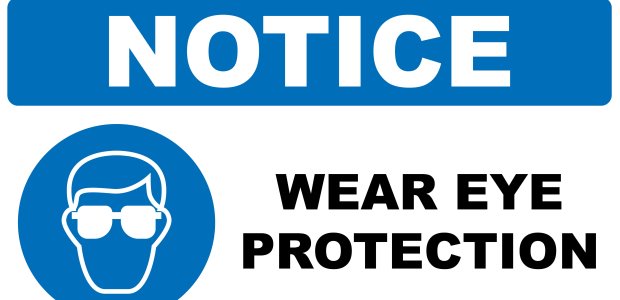
By Tina Huff
Sign labels that can be printed with laser or ink jet printers in minutes and removed cleanly from most surfaces serve to notify, instruct, and even protect personnel in just about every area in a facility

By Kathleen Hiltner
Hydrogen safety utilizes the same safety concepts as other flammables and cryogenics. Though it’s been around forever, we have only begun to understand its potential.

By Gary J. Garrahan
The combination of initial risk and risk reduction measures fixes the residual risk, thus simplifying the determination of residual risk and avoiding errors.

By Melissa Black
Falls impact more than the individual, so do what is prudent to reduce falls in your world and continue to educate yourself.
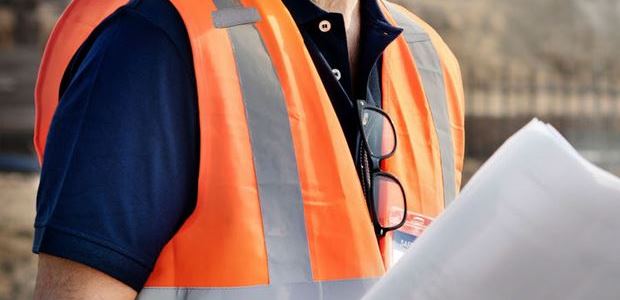
By Audrey Ronis-Tobin
Choosing the right high-visibility clothing for the job per the ANSI standard is a good first step to preventing injuries on a work site. But workers must use the garments and care for them.

By Lauren Tosti
Keeping safety top of mind is embedded within today's construction organizations and starts with strong leadership.
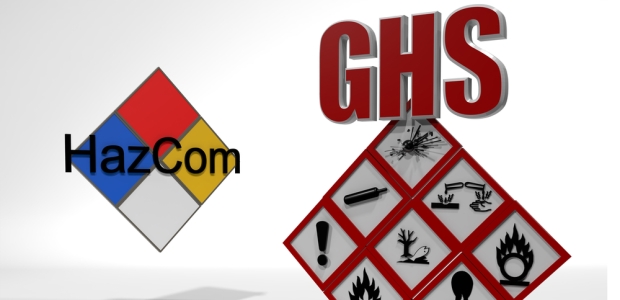
By John Kincaid
Knowing exactly what employees are assigned to do can help break down any communication barriers.
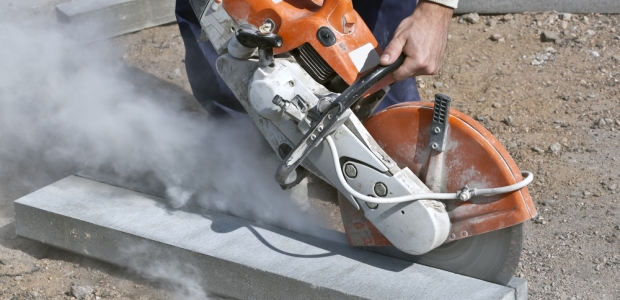
By Greg Zigulis
OSHA requires that engineering controls be used to achieve necessary exposure reductions unless infeasible; organizations may not simply issue respirators and "be done with" their attempts to lower exposures.

By Jerry Laws
Cardiovascular disease, cancer, and chronic diseases are the first recommendation because stress is such a big factor affecting public safety workers' health.
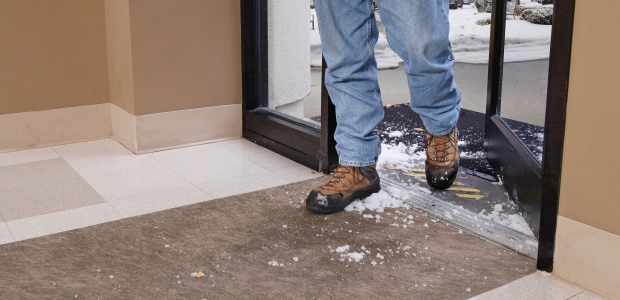
By Karen D. Hamel
Most of these preventative maintenance techniques can be rolled into routine good housekeeping plans. Others can be incorporated into regular and periodic safety inspections.

By Stacey Simmons
I have heard so many stories from workers who have credited wearing a hard hat with saving their lives.

By Scott Howell
Given that the United States represents 5 percent of the world's population and consumes 60 percent of the world's supply of illicit drugs, drug testing can be seen as an investment against the cost of low productivity.

By Jerry Laws
One of the CSB's recommendations to FEMA following the explosion in West, Texas, was to fund training for fire departments on pre-incident planning for fires at facilities storing fertilizer grade ammonium nitrate.

By Maria Schwieterman
It's not just about the quality of the training, but also the accessibility of the training.
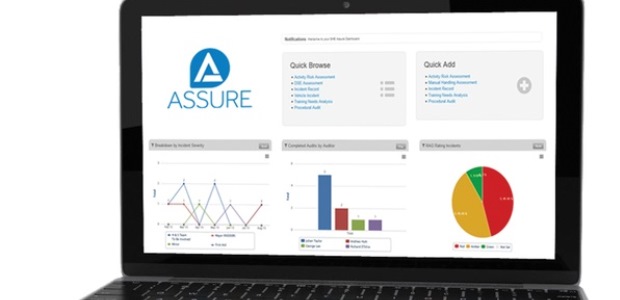
By Matthew Elson
Empowering employees to take responsibility and to get on board with the safety journey is a proven method of increasing engagement levels.

By Grace Herrera
An observation program is a critical process that will provide the data to identify what and where risks are occurring.

By Anne Osbourn
Although ANSI standards are voluntary, they represent the consensus of industry experts and frequently provide more detailed product performance guidelines.
Departments
By Jerry Laws
Work by NIOSH's new Center for Occupational Robotics Research certainly bears watching as the use of robotics rapidly increases in U.S. industries.
By Robert Pater
I urge leaders to do a "restraining forces audit," assessing what is blocking improvements in higher level Safety performance and culture.
By Charles J. Douros
This template can help you communicate your company story throughout your organization.